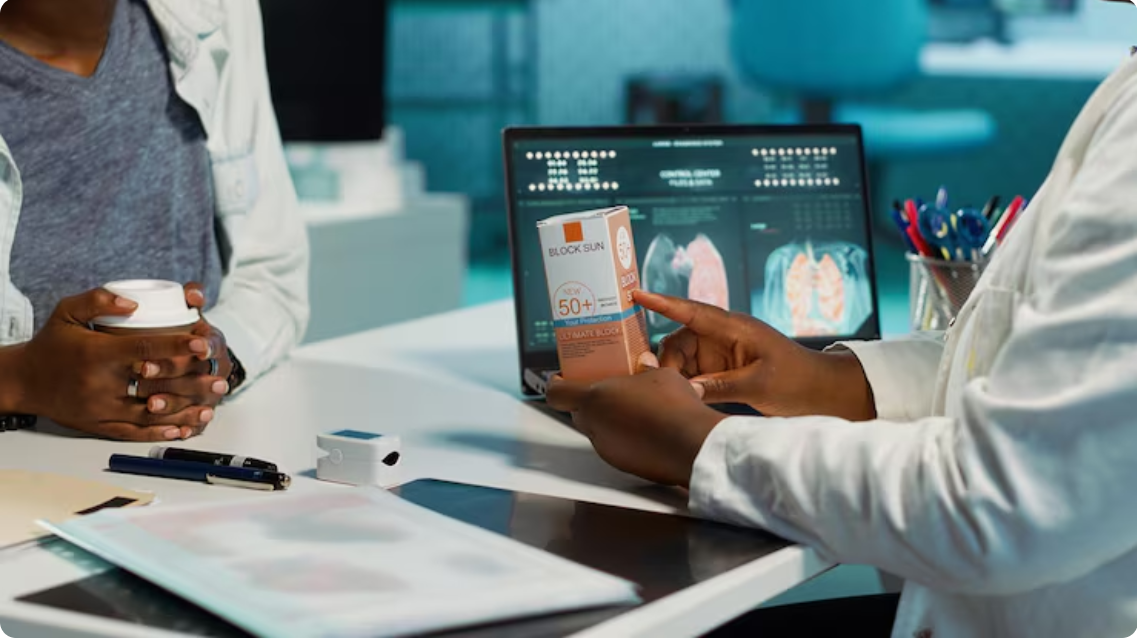Every year, sudden cardiac arrest (SCA) claims hundreds of thousands of lives worldwide, with survival rates hovering around just 10% in most communities. The difference between life and death often comes down to a single factor: time. For every minute that passes without defibrillation, survival chances drop by approximately 10%. But a wave of technological innovations is changing this grim equation, offering new hope for victims of sudden cardiac arrest both now and in the future.
The Critical Window
When someone experiences sudden cardiac arrest, their heart stops beating effectively, cutting off blood flow to the brain and vital organs. The only proven way to restore normal heart rhythm is through defibrillation—delivering an electric shock to the heart. Traditionally, this meant waiting for emergency medical services to arrive, but innovative approaches are dramatically reducing response times.
The Game-Changer: Integrated Emergency Response Systems
One of the most promising innovations combines smartphones, GPS technology, and crowdsourced responders into seamless emergency response networks. Systems like PulsePoint and GoodSAM alert trained volunteers—often off-duty medical professionals or citizens with CPR training—when someone nearby experiences cardiac arrest. These apps simultaneously notify registered responders and show them the locations of the nearest public-access defibrillators.
The results have been remarkable. Studies show that app-alerted volunteers often arrive minutes before traditional emergency services, providing critical early CPR and defibrillation. In Stockholm, Sweden, a system using mobile phone positioning increased bystander CPR rates from 40% to 62%, with volunteer responders arriving an average of three minutes faster than ambulances.
Taking Flight: Drone-Delivered Defibrillators
Perhaps the most futuristic innovation already showing real-world results is the deployment of drones to deliver automated external defibrillators (AEDs) to cardiac arrest scenes. Initially developed in Sweden, these systems can dispatch a drone carrying an AED within seconds of an emergency call, flying directly to GPS coordinates at a speed faster than any ground vehicle.
In trial programs, drone-delivered AEDs arrived at cardiac arrest locations in an average of just over three minutes, compared to ambulances taking ten minutes or more. One pilot program demonstrated a 93% success rate in delivering AEDs before emergency services arrived. As drone technology becomes more sophisticated and regulations adapt, these systems are expanding to rural areas, where response times have traditionally been the longest and survival rates have been the lowest.
Order an AED from In-Pulse CPR
Having AEDs in place at public places, homes, workplaces, and schools is also a critical action.
If you don’t have an AED in the workplace or at home, it’s time to consider purchasing a defibrillator device.
The Wearable Revolution
For individuals at high risk of cardiac arrest—those with previous heart attacks, heart failure, or dangerous arrhythmias—wearable cardioverter defibrillators (WCDs) represent a life-saving bridge technology. These vest-like devices continuously monitor heart rhythm and can automatically deliver a shock if life-threatening arrhythmias are detected, buying crucial time even when the wearer is alone.
Newer generations of cardiac monitoring wearables, from smartwatches to lightweight chest patches, are becoming increasingly sophisticated at detecting irregular heart rhythms that might precede cardiac arrest. While not yet capable of delivering shocks, these devices can alert wearers and emergency contacts to seek immediate medical attention, potentially preventing cardiac arrest altogether.
Artificial Intelligence: Predicting the Unpredictable
Machine learning algorithms are being trained on vast datasets of electronic health records to identify patterns that might predict cardiac arrest risk. These AI systems can analyze hundreds of variables—from vital signs and lab results to subtle changes in heart rhythm patterns—to flag patients at elevated risk hours or even days before an event occurs.
Early studies suggest these prediction models could identify at-risk patients with remarkable accuracy, allowing for preventive interventions that might avert cardiac arrest entirely. As these systems mature, they could transform cardiac care from reactive to proactive.
Public Access: The Foundation
Underlying all these high-tech solutions is a more fundamental innovation: the widespread deployment of public-access AEDs in schools, airports, shopping centers, sports facilities, and other public spaces. The number of public AEDs has grown exponentially over the past two decades, and registry systems now map their locations for both emergency dispatchers and mobile apps.
Communities with robust public access defibrillation programs have seen survival rates for out-of-hospital cardiac arrest double or even triple. Combined with mandatory CPR training in schools and workplaces, this represents a systemic shift in how societies respond to cardiac emergencies.
The Road Ahead
Looking forward, researchers are developing even more ambitious technologies. Implantable devices that can predict and prevent dangerous rhythms before they start, autonomous vehicles that can rush AEDs to emergency scenes, and advanced telecommunications that allow emergency dispatchers to guide bystanders through life-saving interventions with augmented reality overlays—all of these are in various stages of development.
The integration of these technologies into cohesive emergency response ecosystems may be the most important innovation of all. When drones, apps, public AEDs, and professional responders work together seamlessly, coordinated by AI-enhanced dispatch systems, the chain of survival becomes shorter and stronger.
On-site CPR training is also invaluable. While technologies promise encouraging results, it’s also essential to understand how basic CPR works and know how to administer CPR, if needed.
A More Hopeful Future
Sudden cardiac arrest will likely remain a leading cause of death for years to come, but the trajectory is encouraging. Communities implementing comprehensive response systems—combining technology, training, and public access to defibrillators—are seeing survival rates climb from single digits to 30%, 40%, or even higher in some locations.
As these innovations become more widespread and affordable, they promise a future where sudden cardiac arrest, while still serious, is far more survivable than ever before. The race against time continues, but technology is finally helping us win it.
Author: Donna Ryan is a writer residing in Tucson, AZ. You can contact her at donnar668@gmail.com.


